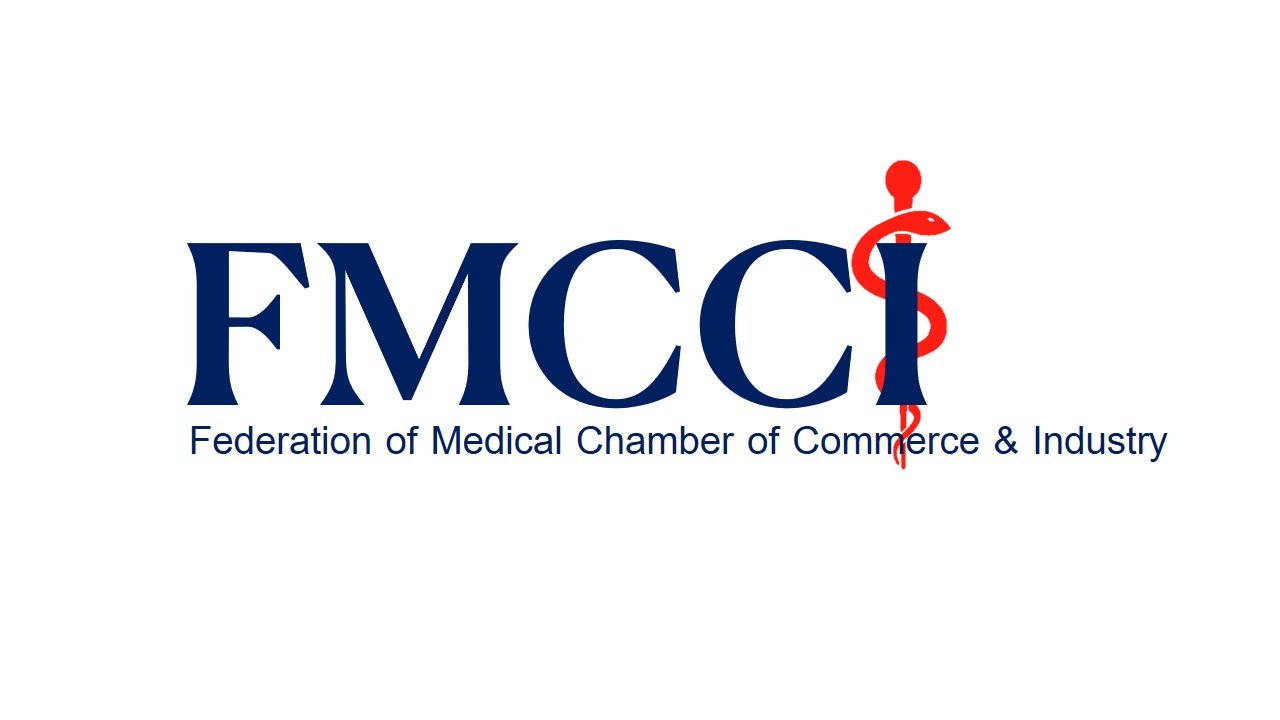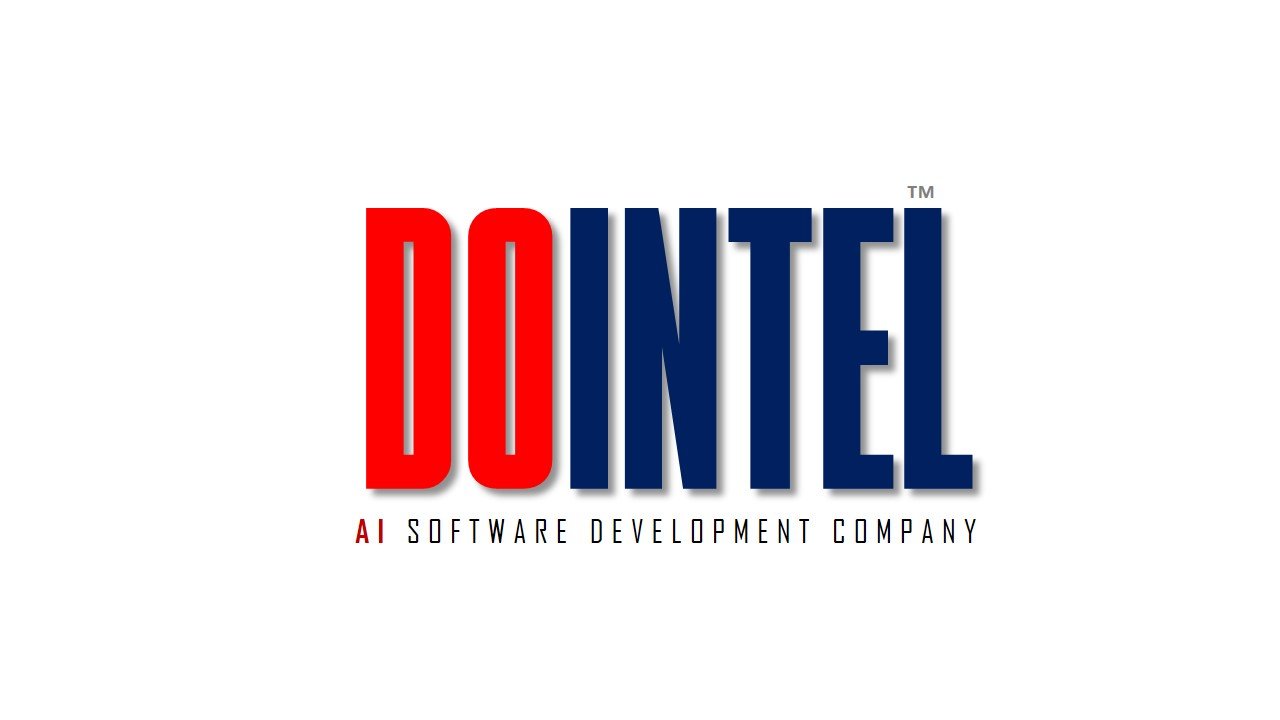In a world where financial security and independence have become essential to a fulfilling life, embarking on the path to financial independence is transformative. Financial independence provides the freedom to pursue passions, spend quality time with loved ones, and live a lifestyle without the stress of financial constraints. Yet, achieving it requires more than just earning an income—it involves deliberate planning, smart decision-making, and continuous growth. This article explores pathways to financial independence, offering actionable insights on how you can take control of your finances and secure your future through a structured and transformative program.
What is Financial Independence?
Financial independence is the point at which an individual’s assets generate sufficient income to cover their living expenses, thereby eliminating the need to work for money. It provides individuals with freedom over how they spend their time and focus their energy. For some, this may mean early retirement, while for others, it represents the freedom to pursue hobbies, business ventures, or other meaningful activities.
Why Pursue Financial Independence?
In recent years, there has been a noticeable shift towards achieving financial independence. With the uncertainty in job markets, rising inflation, and evolving personal goals, more people are aiming to build a secure future that does not depend solely on a paycheck. The benefits of financial independence include:
- Freedom of Choice: With financial independence, you have the liberty to decide how you spend your days without the pressure of meeting financial obligations.
- Peace of Mind: Knowing that you have a steady income from your investments provides a sense of security.
- Ability to Pursue Passions: Financial independence allows you to follow your dreams without being constrained by the need to generate income.
- Early Retirement Potential: For those who wish to retire early, achieving financial independence is essential.
Core Pathways to Financial Independence
Achieving financial independence involves a multi-step approach that can be broken down into pathways focused on wealth generation, intelligent investment, debt management, and lifestyle optimization. Below, we discuss the transformative steps of a structured financial independence program.
1. Define Your Financial Goals
Setting specific, measurable, attainable, relevant, and time-bound (SMART) financial goals is the first step to achieving financial independence. Goals give you a clear direction and purpose, helping you stay motivated and focused on your journey. Examples include setting a retirement fund target, saving for your children’s education, or accumulating enough wealth to live off passive income by a certain age. Identifying these goals will help you design a tailored roadmap to reach them.
2. Establish a Budget and Savings Plan
Budgeting is foundational to managing and optimizing your cash flow. A budget provides clarity on income, expenses, and savings potential. For many, a common budgeting method is the 50/30/20 rule: allocate 50% of your income to necessities, 30% to discretionary expenses, and 20% to savings and investments. Once a budget is in place, the next critical step is automating savings. Automation ensures that a portion of your income goes directly into a savings or investment account, minimizing the temptation to spend and building your nest egg consistently.
3. Eliminate Debt and Build an Emergency Fund
High-interest debt can be a significant roadblock to financial independence. Focusing on paying off high-interest debt, such as credit cards, can lead to substantial long-term savings. The “avalanche” method—prioritizing debts with the highest interest rates first—or the “snowball” method—tackling smaller debts first for motivational boosts—are both effective approaches.
Equally important is building an emergency fund to cover three to six months of living expenses. An emergency fund protects against unexpected expenses like medical bills or car repairs, ensuring you don’t derail your progress or rely on credit cards in times of need.
4. Invest Wisely for Long-Term Growth
Investing is a fundamental component of financial independence, as it allows your money to work for you. Consider the following investment strategies:
- Stock Market Investments: Investing in stocks, mutual funds, and exchange-traded funds (ETFs) can offer high returns over time. The key to success is understanding market trends, diversification, and maintaining a long-term perspective.
- Real Estate Investments: Real estate can offer steady income through rental properties and appreciate in value. Rental properties, commercial real estate, or Real Estate Investment Trusts (REITs) are all options to consider.
- Retirement Accounts: Retirement accounts like IRAs, 401(k)s, or employer-sponsored pension plans provide tax benefits, which can accelerate growth. Contributing consistently to retirement accounts can maximize your retirement savings.
- Alternative Investments: Alternative assets such as commodities, collectibles, or peer-to-peer lending can diversify your portfolio, though they often come with higher risks.
5. Generate Multiple Income Streams
Relying on a single income stream can be risky. To build a solid foundation for financial independence, diversify your income by exploring various sources, such as side businesses, freelancing, or passive income from investments. Passive income streams, like dividend-paying stocks, rental income, or royalty income, offer a means of earning money without active work.
Consider upskilling or reskilling to increase your earning potential, or invest in assets that generate regular income, like dividend stocks or real estate.
6. Optimize Your Lifestyle for Savings
The journey to financial independence often involves lifestyle adjustments. Adopting a frugal yet fulfilling lifestyle can increase savings without compromising quality of life. Simple changes like cooking at home, using public transportation, and buying only essential items can significantly boost your savings rate. By cutting unnecessary expenses and focusing on long-term goals, you can achieve financial independence sooner.
7. Monitor, Adjust, and Stay Informed
Financial independence is not a static goal but a dynamic process. Periodically review your goals, investment performance, and spending habits to ensure you’re on track. Staying informed about market trends, tax laws, and personal finance tips will empower you to make informed decisions.
As your income grows or circumstances change, be ready to adjust your approach. Flexibility and adaptation are critical to staying on course. Join financial forums, read relevant literature, and, if necessary, consult financial advisors to ensure your strategy aligns with current conditions and personal goals.
Benefits of a Structured Financial Independence Program
Enrolling in a structured financial independence program can streamline your journey by offering expert guidance, proven strategies, and accountability. Such programs often provide:
- Customized Financial Planning: Personalized assessments and plans tailored to your specific needs and goals.
- Education and Resources: Access to courses, literature, and resources that build your financial literacy.
- Community and Support: Financial independence programs often have communities of like-minded individuals who can offer motivation and support.
- Professional Guidance: Many programs include sessions with financial advisors, investment planners, and tax professionals who can offer personalized advice.
A structured program provides a well-rounded approach to financial independence, ensuring that you don’t overlook crucial aspects of personal finance, like estate planning, insurance, or tax optimization.
Key Takeaways
The path to financial independence is within reach for anyone willing to commit to a structured plan. By focusing on goal-setting, budgeting, debt elimination, investing, income diversification, and lifestyle adjustments, you can achieve the freedom to live life on your own terms. A structured program not only enhances your understanding but also supports your journey by offering the tools, resources, and guidance needed to stay the course. Embracing financial independence is not just about accumulating wealth; it’s about transforming your mindset, choices, and approach to life itself.
Frequently Asked Questions (FAQs)
1. How long does it take to achieve financial independence?
The time to achieve financial independence varies widely based on individual income, expenses, investment returns, and lifestyle. For some, it may take as few as 10-15 years if they aggressively save and invest, while others may take 30 years or more. A structured plan and disciplined approach can help accelerate this timeline.
2. Do I need a high income to reach financial independence?
While a high income can make it easier to save and invest, financial independence is achievable at any income level. The key lies in managing expenses, saving consistently, and investing wisely. Many people have achieved financial independence through disciplined budgeting and intelligent investment, even on modest incomes.
3. Is it necessary to invest in the stock market for financial independence?
While the stock market is a popular and effective vehicle for building wealth, it’s not the only option. Real estate, business ownership, and alternative investments can also provide significant returns. Diversification is essential to reduce risk, so consider balancing your portfolio across different asset classes for a robust approach to financial independence.
In conclusion, a transformative program can empower individuals to take control of their financial future and pursue financial independence confidently. By following structured steps, committing to a goal-oriented strategy, and staying informed, financial independence is an achievable reality that offers the ultimate reward—freedom.








Add a Comment